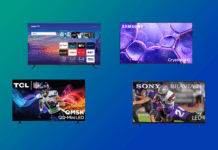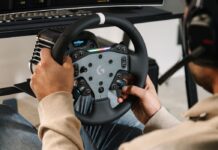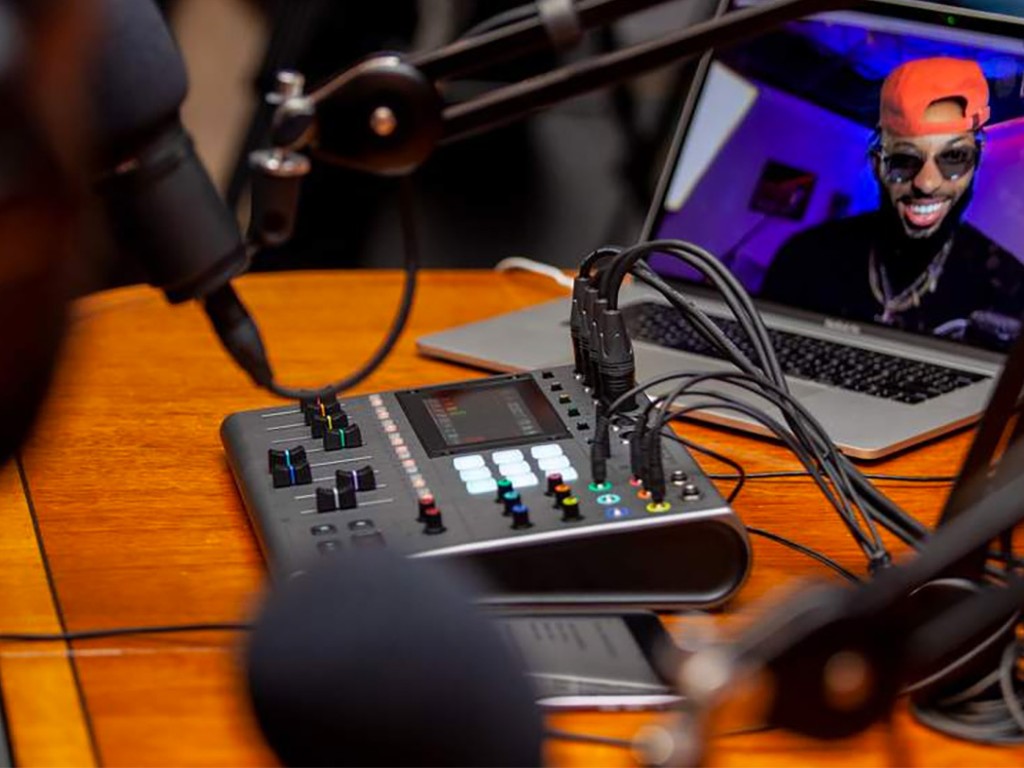 Making music at home has been the main method of creation for musicians for a number of years now. There are many tools available to make the recording process as streamlined and painless as possible. First, however, there are a few things to consider when planning out your home or portable studio. This article will cover the basic knowledge you need to make an informed decision on what type of equipment is best for your situation and needs.
Making music at home has been the main method of creation for musicians for a number of years now. There are many tools available to make the recording process as streamlined and painless as possible. First, however, there are a few things to consider when planning out your home or portable studio. This article will cover the basic knowledge you need to make an informed decision on what type of equipment is best for your situation and needs.
The basic components
Although there are exceptions, most music nowadays is recorded digitally. The most basic component is a machine that will interpret the physical sound that you send to it. Desktop computers and laptops come immediately to mind. Make sure you have a decent amount of processing speed and RAM to handle recording and playing back multiple tracks—as well as any power hungry plugins you might use in the future. You’ll most likely find ways of mitigating issues in the future, but a high-performing machine is always good to have.
Manufacturers also have many options for those that seek to take their recording tools out of the house. Entire digital studios are available in mixing-desk-style solutions that will surely please those that want a more tactile approach. The Zoom portable studios come to mind.
Appropriate microphones
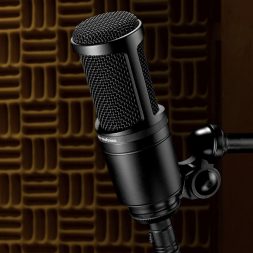 Microphones are an important part of the process. They convert the air pressure variations that we know as sound into an electric signal that you can record and manipulate. Even if you plan on exclusively making electronic music, it’s always good to have one on hand for textures and Foley (recorded sound effects).
Microphones are an important part of the process. They convert the air pressure variations that we know as sound into an electric signal that you can record and manipulate. Even if you plan on exclusively making electronic music, it’s always good to have one on hand for textures and Foley (recorded sound effects).
Unless you plan on recording complete drum sets or ensembles, a handful of mics is all you need really. Loud instruments such as electric guitars and percussion usually work great with dynamic microphones (such as the Shure SM57 or Sennheiser MD421). More delicate acoustic instruments and vocals tend to benefit from highly detailed condenser mics. Although these are generally more expensive, the Audio-Technica AT2020 is an affordable and universally loved option.
Unless you know what you are doing, stick to cardioid patterns for your first purchases. These polar patterns represent the direction from which the microphone senses sound. While omnidirectional and bidirectional choices offer interesting options, they present issues with audio spills. These unwanted additions might ruin great takes and cause many headaches.
Choosing the right audio interface
The audio interface is an integral part of any studio. It’s where all the signals are routed to for amplification and conversion. For example, the current that comes out of your microphone is very weak and needs to be preamplified to a healthy level before being converted to a digital sequence for the computer to understand. Conversely, the information coming out of your machine needs to be transformed back to an electrical signal so your headphones or monitors can properly amplify your work.
Additionally, the sound card is the hub where all devices communicate, no matter if they are digital or analog. For example, you could route MIDI from your computer to your compatible keyboard via the interface and simultaneously have it record the result using its analog inputs. Digital inputs are also useful if you plan on expanding your hardware possibilities.
There are many products available, and they range from bare-bones, single preamplifiers to multiple-input affairs that provide enough possibilities to record entire bands. I recommend that you future-proof your investment by thinking about the maximum number of inputs you’ll need and what additional connectivity you’ll want to use. MIDI, for example, is useful for using older keyboards and synching outboard guitar effects—to name a couple uses.
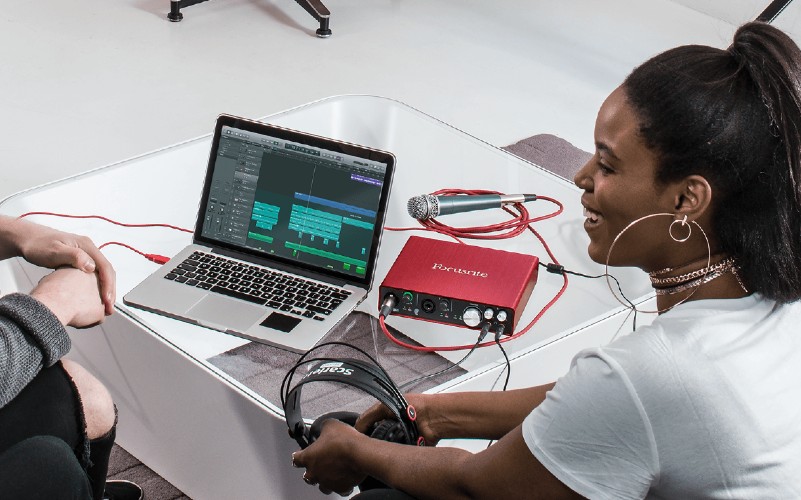
PreSonus, Mackie, and Steinberg have rock-solid products that will meet a lot of needs. Focusrite is also another very popular option. They even have complete sets to help you start your studio with quality gear. Don’t forget about mobile interfaces such as iRig Pro. Your mobile device is a powerful computer that can be used to record all sorts of audio, no matter where you are.
Monitoring with speakers and/or headphones
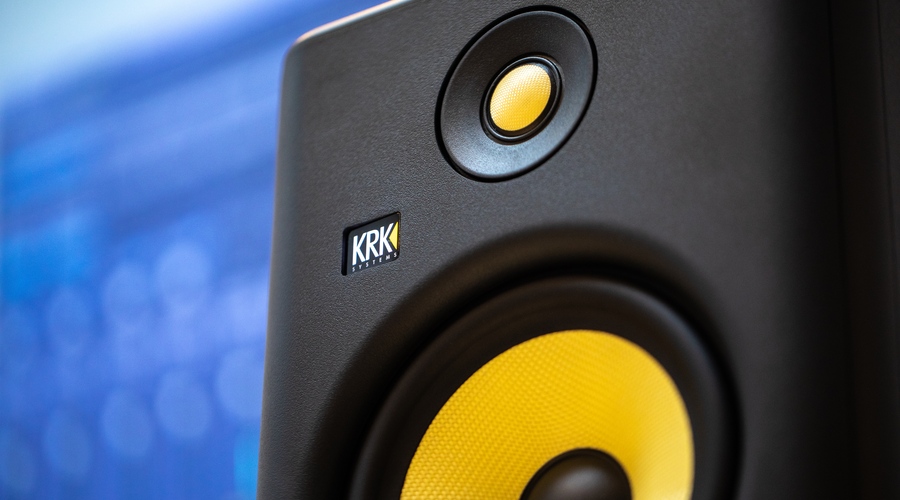 One of the most discussed topics of building a studio is finding the right monitors. I think that with a decent pair of 8 inch speakers, you can get an accurate representation of what you are recording and/or mixing.
One of the most discussed topics of building a studio is finding the right monitors. I think that with a decent pair of 8 inch speakers, you can get an accurate representation of what you are recording and/or mixing.
Also, as you get to listen to music through them, you end up learning their frequency curve and develop reflexes to make your recordings sound great. A combination of 5 inchers and a subwoofer is also a popular option. Yamaha’s HS series is definitely one of the most widespread solutions, thanks to its excellent value for the money. KRK’s Rokit line is a staple in the electronic music world and is a good way of emulating huge club PA systems.
For recording, editing, and mixing in silence, headphones are an awesome tool. I think most people prefer to mix with a great pair of monitors, but a good headset can make recording and editing a breeze (thanks to its isolating environment). I think the Sony MDR-7506 is extremely hard to beat in terms of a flat response, but the Audio-Technica M line gets a lot of love from various producers and musicians.
Picking a digital audio workstation
There are a lot of DAWs available, and that’s because they all offer something different. If you are on the Apple platform, Garage Band is a great starting point that comes built-in with your OS. Eventually you can graduate to Logic Pro X, which is a very powerful workstation that even caters very well to electronic musicians, thanks to a recent update.
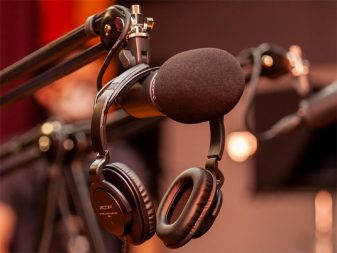 For PC users, I recommend you think about your needs. Although most DAWs offer similar features, you might be better served by one option over the rest. If you are mostly an electronic music creator, it’s hard to argue against Ableton Live. Its vertical oriented organization is well suited to this type of music, and its design really makes it possible to get creative in both a studio and live setting. If you have established friends in the industry (or plan on working with filmmakers), Avid’s Pro Tools is an industry standard. Although it has a steeper learning curve, it’s a very powerful tool and is definitely worth figuring out.
For PC users, I recommend you think about your needs. Although most DAWs offer similar features, you might be better served by one option over the rest. If you are mostly an electronic music creator, it’s hard to argue against Ableton Live. Its vertical oriented organization is well suited to this type of music, and its design really makes it possible to get creative in both a studio and live setting. If you have established friends in the industry (or plan on working with filmmakers), Avid’s Pro Tools is an industry standard. Although it has a steeper learning curve, it’s a very powerful tool and is definitely worth figuring out.
That being said, most companies offer either free trials or inexpensive stripped-down versions of their software for you to try out. If you are completely new to recording, I highly recommend trying out a handful of them. You’ll get a feel for them and see what clicks better with you.
With this basic knowledge, you should hopefully be able to make the right decisions from the start. You will then be able to enjoy the beautiful journey of creating music from the comfort of your own home. If you have any questions, please write them in the comments below. In the near future, there will be more in-detail articles to help you achieve your creative visions.
In the meantime, check out all the recording equipment on Best Buy’s website.

